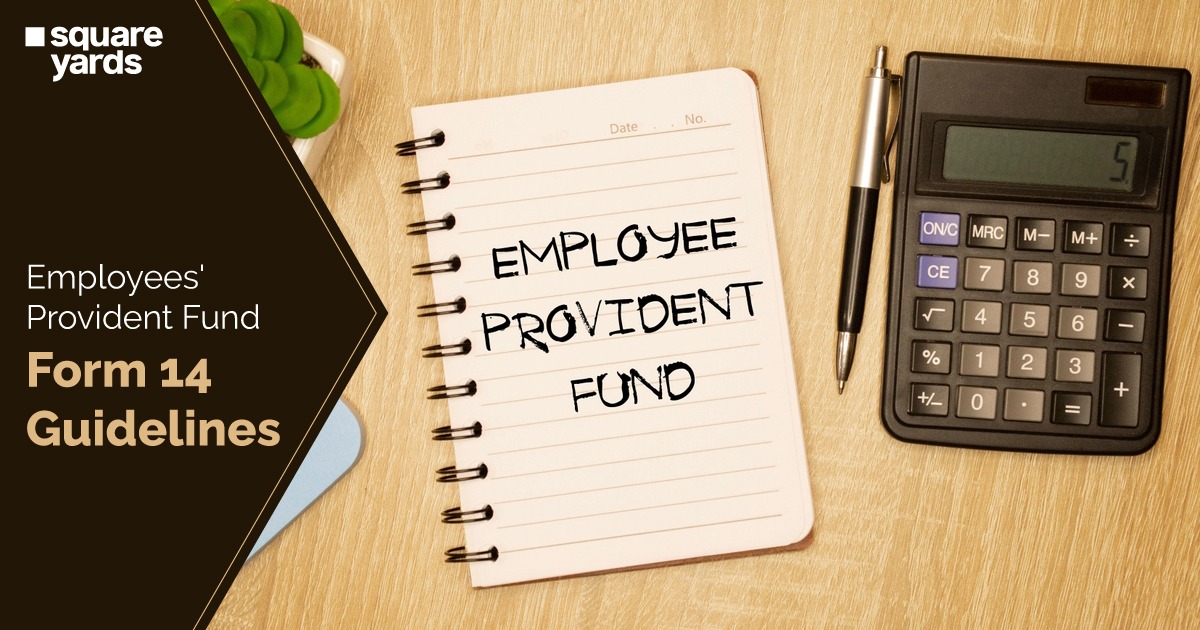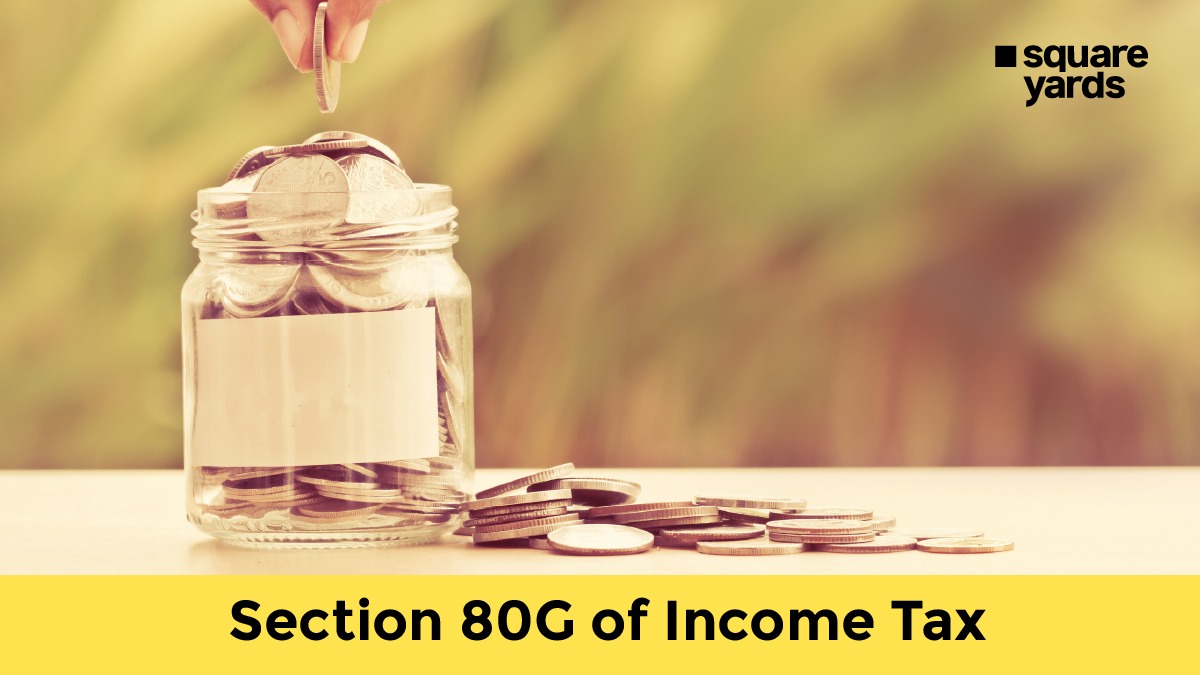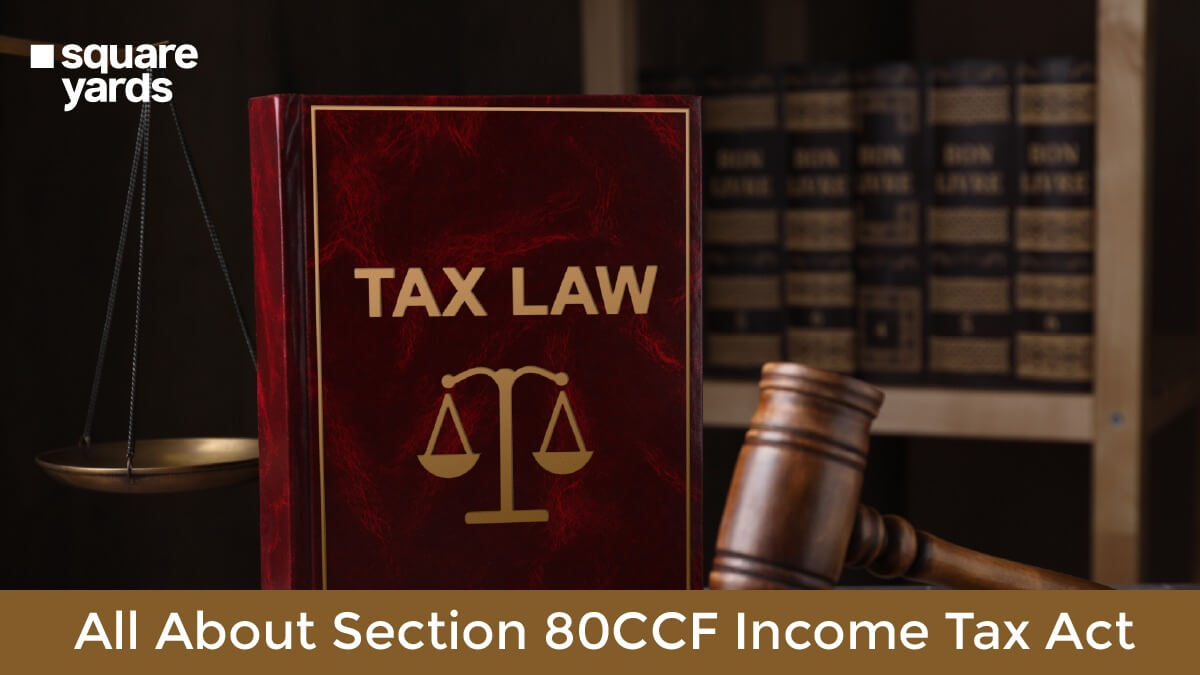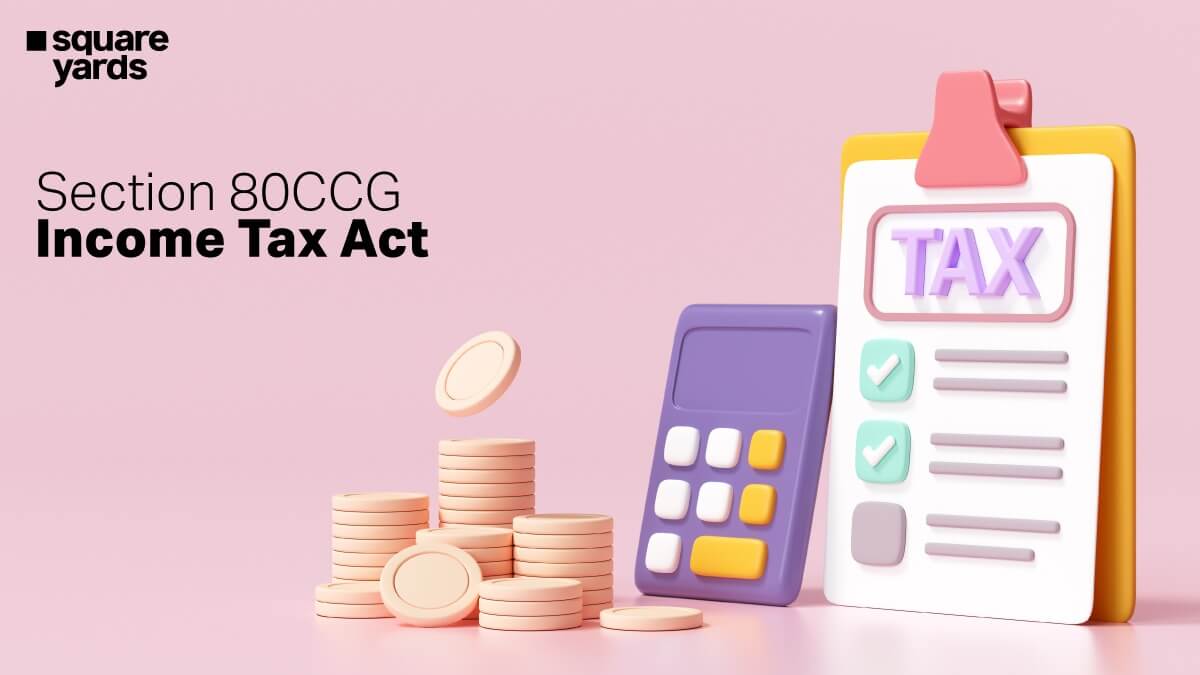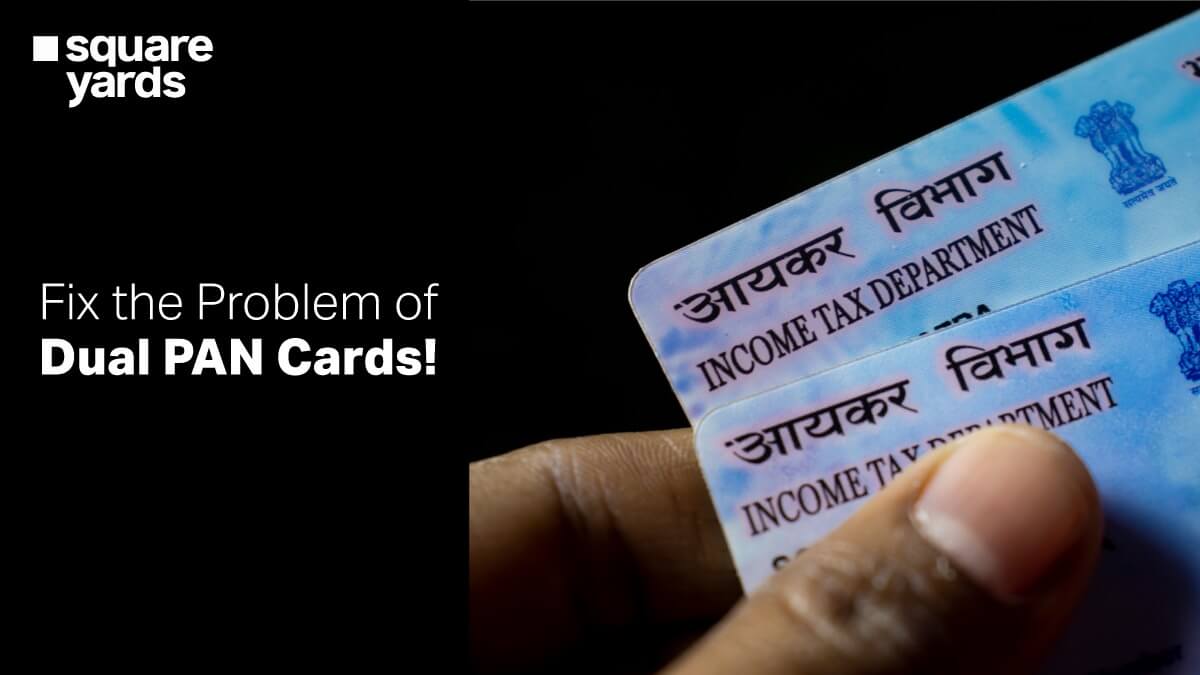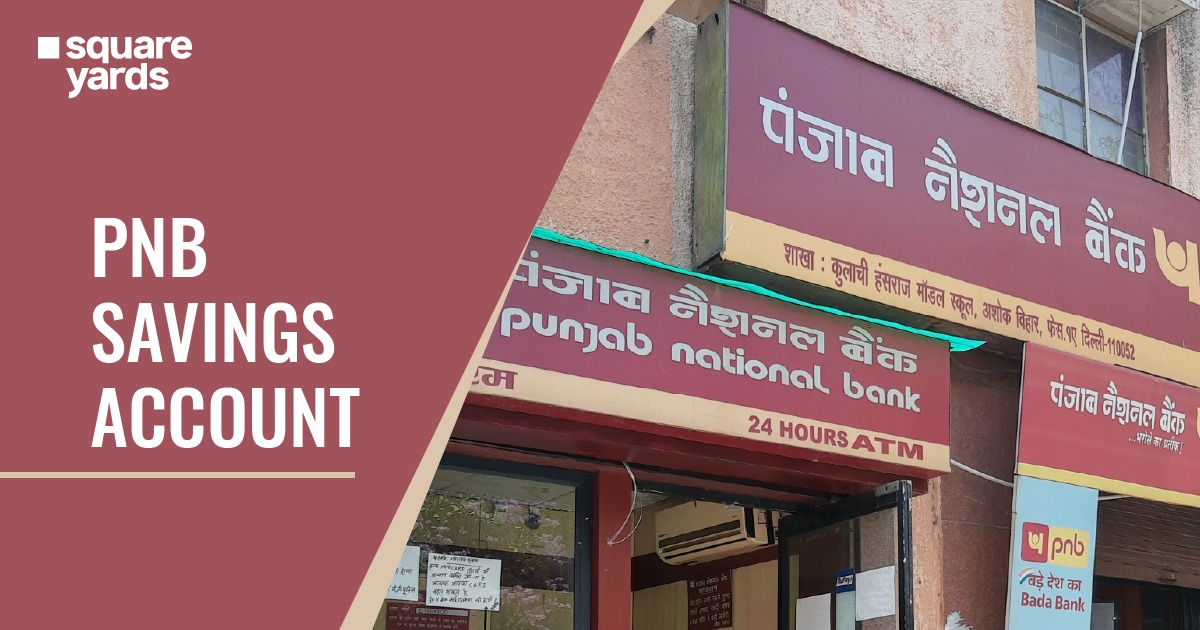Offering assured interest returns, fixed deposits (FD) are one of the safest and most popular investment options in India. The various FD types with different interest pay-outs are further categorized into cumulative fixed deposit and non cumulative fixed deposit.
In cumulative FD, the investor gets returns in the form of a lump sum amount upon maturity. On the flip side, investors of a non cumulative FD get regular returns. In this blog, check out the key differences between these two investment options and get to know which one is best for you.
Table of contents
- What is a Cumulative Fixed Deposit?
- Who Should Invest in Cumulative Fixed Deposits?
- What is a Non Cumulative Fixed Deposit?
- Who Should Invest in a Non Cumulative Fixed Deposit?
- Difference Between Cumulative FD and Non Cumulative FD
- Difference Between Cumulative and Non-Cumulative Interest Rates
- Cumulative Vs Non Cumulative Fixed Deposit: Which is Best for You?
- Frequently Asked Questions (FAQs)
What is a Cumulative Fixed Deposit?
A cumulative FD can be defined as a fixed deposit that accrues interest every year or quarter and gets added to the investor’s portfolio upon maturity. The investor receives the accumulated interest at the end of tenure in addition to the total principal amount.
This annual or quarterly cumulative interest is then reinvested into the FD itself. With a tenure ranging between 6 months and 10 years, this investment option is suited for those who do not require a regular income from their investment. Let’s take a look at an example to understand this a little better:
Suppose an investor opens a ₹1,00,000 FD for a tenure of 5 years. The prevailing rate of interest is 6% per annum. As discussed above, the interest earned is reinvested into the FD. Then the FD schedule will look like as shown below.
|
Year |
Investment Amount |
Interest Amount |
Final Amount |
|
1 |
₹ 1,00,000 |
₹ 6000 |
₹ 1,06,000 |
|
2 |
₹ 1,06,000 |
₹ 6360 |
₹ 1,12,360 |
|
3 |
₹ 1,12,360 |
₹ 6742 |
₹ 1,19,102 |
|
4 |
₹ 1,19,102 |
₹ 7146 |
₹ 1,26,248 |
|
5 |
₹ 1,26,248 |
₹ 7575 |
₹ 1,33,823 |
The interest accrued by the FD has been reinvested into the principal amount every quarter or year. The total interest earned by the investor in this example is ₹33,823. It will then be added to the initial principal amount at the end of the tenure.
As the interest gets compounded every quarter/year until maturity, this option can also be called a money multiplier scheme. The income earned from interest is only taxed at maturity.
Who Should Invest in Cumulative Fixed Deposits?
A cumulative fixed deposit can be a safe investment option for people who do not require regular income from their investment options. This means cumulative fixed deposits are a perfect fit for salaried professionals with a good return from business opportunities.
This can also prove to be a strong investment tool for people who are not looking for regular interests and want to save a lump sum amount for the future. In short, cumulative fixed deposit options are best suited for those who want to save for the long haul.
What is a Non Cumulative Fixed Deposit?
A non cumulative fixed deposit can be defined as an investment scheme that provides regular interest payments to the investor. Additionally, the interest payments are made in accordance with the investor’s choice, that is, quarterly, yearly, or half-yearly. Each pay-out scheme has a different interest rate. Moreover, tax is charged on interest earned at the time of receipt of the total amount.
This investment scheme has a tenure ranging from 6 months to 10 years and is a good option for investors who require a regular return from their investment. Take a look at the example below to better understand the concept.
Suppose an investor starts a ₹1,00,000 FD for a tenure of 5 years. The applicable rate of interest is 6% per annum. Assuming that the interest is paid out yearly, the interest paid on this investment will be the same each year, as illustrated in the table given below.
|
Year |
Investment Amount |
Interest Amount |
Final Amount |
|
1 |
₹ 1,00,000 |
₹ 6000 |
₹ 1,06,000 |
|
2 |
₹ 1,00,000 |
₹ 6000 |
₹ 1,06,000 |
|
3 |
₹ 1,00,000 |
₹ 6000 |
₹ 1,06,000 |
|
4 |
₹ 1,00,000 |
₹ 6000 |
₹ 1,06,000 |
|
5 |
₹ 1,00,000 |
₹ 6000 |
₹ 1,06,000 |
The total interest accrued from this investment scheme is ₹30,000. The investor will receive 5 payments of ₹ 6,000 for each year of the FD tenure. Also, the interest is not compounded as the payments are made out annually. The amount earned on interest is taxed according to the investor’s tax slab.
Who Should Invest in a Non Cumulative Fixed Deposit?
The non cumulative FD is a perfect investment option for investors who wish to get a regular return from their investment. This makes a non cumulative fixed deposit the perfect investment tool for pensioners, homemakers, freelancers, etc. In short, if you require a steady income from your savings, then this option might be the best.
Difference Between Cumulative FD and Non Cumulative FD
The following table illustrates the difference between a cumulative fixed deposit and a non cumulative fixed deposit:
|
Points of Difference |
Cumulative Fixed Deposit | Non Cumulative Fixed Deposit |
|
Interest Payout frequency |
Interest payment is made upon maturity. |
The interest Payout can be made quarterly, monthly, half-yearly, or yearly. |
|
Interest Accumulation |
The total interest is accumulated throughout the tenure of the FD. |
The interest is not accumulated as payments are made at regular intervals. |
|
Total Interest Earned |
Higher interest is earned as it is accumulated over the tenure and is added to the principal amount for further investment. |
The interest earned is lower and the payout decreases when the frequency of payments increases. |
|
Periodic Income |
There is no periodic income in this investment option. |
Periodic returns are received throughout the tenure. |
|
Who Should Invest |
This type of investment tool is perfectly suited for individuals who are looking for an increase in savings, and create a large corpus to achieve their investment targets. |
This is the best option for investors who are looking to source their day to day expenses without reducing the total investment amount. |
Difference Between Cumulative and Non-Cumulative Interest Rates
Now that we know much about both these investment options, let’s take a look at how these differ from each other in the terms of interest rates offered:
Cumulative FD
In the case of a cumulative FD scheme, the interest accrued by your investment is compounded throughout the tenure and paid out at maturity. In this option, investments with a longer tenure tend to attract higher rates of interest.
For example, if you open a Flexi FD scheme of Rs 1,00,000 at 10% interest for a period of upto 1 year, you would receive Rs 1,10,000. This is the total of the principal amount and the interest earned during the year.
Non Cumulative FD
On the other hand, in a Non cumulative FD the interest rate can be paid out on a monthly, quarterly, or annual basis. This means that for an investment of Rs 1,00,000 at an applicable interest rate of 10% for 1 year, you will get a quarterly payout of Rs 2500.
Cumulative Vs Non Cumulative Fixed Deposit: Which is Best for You?
Salaried professionals or small business owners who don’t necessarily require additional income to meet their monthly requirements should go for a cumulative FD. The larger amount saved ensures that the corpus built by the cumulative scheme can also help meet long-term financial requirements.
Non cumulative fixed deposits are good investment tools for people who do not have a steady source of income. These investment options provide returns periodically, which ensures that investors are easily able to meet their day-to-day expenses.
Regardless of what category you fall under, a smart FD choice can help you build a better portfolio for your future.
You May Also Read
Frequently Asked Questions (FAQs)
What Is a Cumulative FD Interest Rate?
Cumulative FD interest rate is the interest earned or paid out over the tenure of the fixed deposit. For example: if you have invested ₹10,000 at an interest rate of 3% p.a., the interest for the first year will be ₹300.
How Is the Cumulative Fixed Deposit Interest Rate Calculated?
The interest rate of a cumulative FD is calculated by multiplying the total principal amount by a rate of interest and tenure.
Is Cumulative FD Taxable?
Yes. TDS amount is deducted on a cumulative FD when the interest accrued surpasses a tax threshold as specified by the Income Tax Department.
What is non-cumulative interest paid at selected intervals?
In a non cumulative FD, the interest is paid out to the investor regularly. The interest pay-out schedule (quarterly, monthly, half-yearly, or annually) is up to the investor’s discretion.






